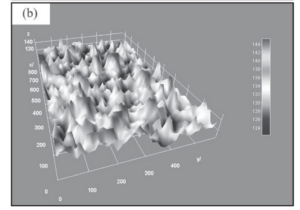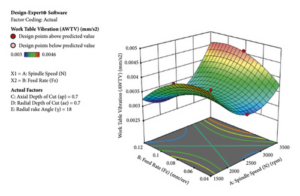Article Title: Friction stir-welding of AZ31B Mg and 6061-T6 Al alloys optimization using Box-Behnken design (BBD) and Artificial Neural network (ANN)
Abstract
The primary goal of the study is to optimize the welding parameters using Friction Stir Welding (FSW) to join AZ31B Mg and AA 6061 alloys considering input parameters such as rotational speed, welding speed, shoulder-to-pin diameter ratio and plunge force and output parameters as peak temperature. The simulation experiment is carried out using COMSOL Multiphysics® 6.0 Software. The simulation experiment is designed using the Box-Behnken design (BBD) of Response Surface Methodology (RSM) and mathematical models were developed. The Analysis of Variance (ANOVA) is used to assess the features of the performance effectiveness of the parameters. Both direct and indirect interaction effects are investigated; the results indicate that the rotational speed is the most influential parameter when compared to other factors; as rotational speed increases consequently; there is an increase in temperature. Finally, the Artificial Neural Network was trained and tested in MATLAB software to optimize the parameters. The validation was performed to predict the minimal predicted temperature value. The confirmatory tests reveal that the predicted results are extremely close to the experimental values from the simulation.
Authors
Dame Alemayehu Efa, Wollega University
Endalkachew Mosisa Gutema, Wollega University
Hirpa G. Lemu, University of Stavanger
Mahesh Gopal, Wollega University
DOI:10.17515/resm2023.50ma0703rs



